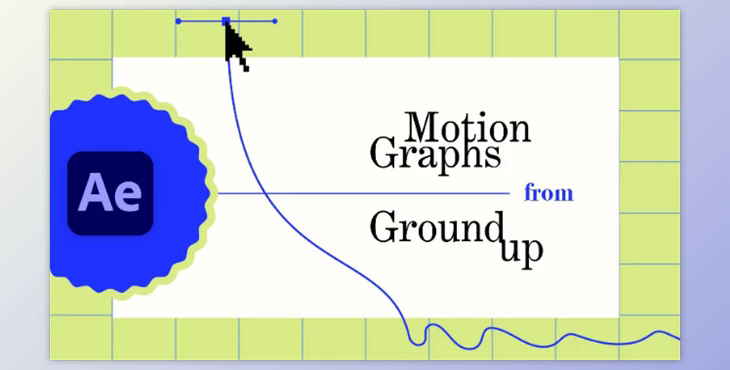
If you want to know what makes a great animation from a fantastic one I'll say nothing about the textures, colors, music, or sound, but when I'm asked to say one thing, and only one thing, I'll tell you it eases. The way that objects move and interact with one another, do they appear alive, they appear awake, are they responsive to their surroundings, and how they react to the surroundings.
Each of these movements is created by careful control of graphs for motion.
You can certainly utilize motion graphs, but without fully comprehending the concept. Use only the templates you've learned through classes and watched other people do, but you're not enough. It's not letting you control motion graphs based on your own whims or the tips of your fingertips. If you don't gain a thorough understanding of motion graphs, there will always be this mystery that remains unexplored, which makes or breaks an animation.
The aim of the course is to get you proficient with motion graphs so that it is possible to think of a movement in your head and form the motion graphs in such a manner that the object displayed on the screen will exactly match the way you imagined it would.
Before getting into the software begin the course by learning about how motion graphs function without the use that is After Effects, the maths of it, and the maths behind it. Then, we'll explore the two kinds of graphs (Speed and Value) that After Effects offers. We'll be able to understand the connections between them and discover which one is most useful in what situation. We'll tackle two projects to be working on during this class, but you'll only have to complete the final project to Skillshare.